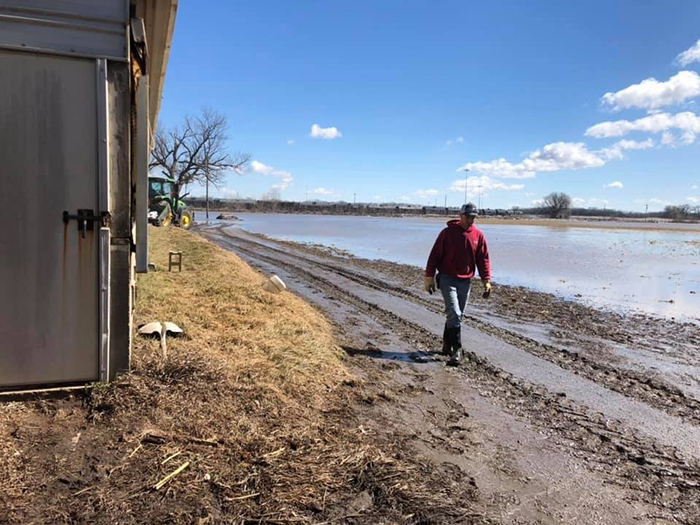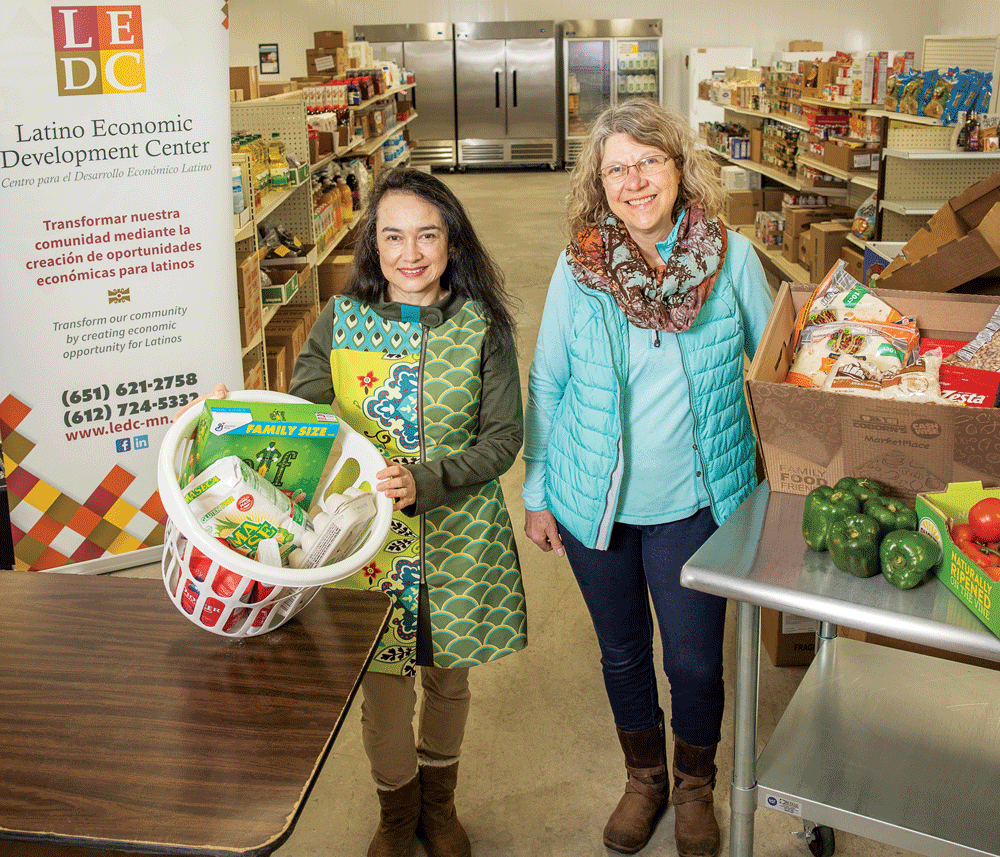The Intersection of Historic Flooding, Meatpacking Plants and COVID-19
The Midwest Early Recovery Fund serves a 10-state region, home to more than 29 million people and hundreds of meat processing businesses. If you are wondering where your turkey, chicken, burger or BBQ is coming from, it is probably from one of our states. I grew up in a small Midwest town where our meatpacking […]

The Midwest Early Recovery Fund serves a 10-state region, home to more than 29 million people and hundreds of meat processing businesses. If you are wondering where your turkey, chicken, burger or BBQ is coming from, it is probably from one of our states.
I grew up in a small Midwest town where our meatpacking plant was the largest employer. It closed 20 years ago, but at one time it was the “best paying job in town.” Strong unions meant good wages and work conditions — tough work, but it paid well.
Today, that has changed. Now, the average pay of meat, poultry and fish cutters and trimmers is about $23,800/year, based on an average wage of $11.44 an hour. These are difficult, demanding and sometimes dangerous jobs. What has changed in past several years? According to AP News: “Immigrants now make up nearly 40% of the industry’s roughly 470,000 workers, with higher concentrations in states like South Dakota (58%) and Nebraska (66%)…Estimates on illegal immigrants working in meatpacking facilities vary from 14% to the majority at some plants.”
In May, our team began investigating the intersection of the historic floods of 2019, the COVID-19 pandemic and meatpacking plants because we knew from our work with grantees that so many communities were already facing terrible hardships. What we heard was heartbreaking. Our region was already struggling with an unprecedented farming crisis due to increased tariffs and several years of major crops losses. With the loss of rural income and the trauma associated with months of flooding and severe weather, we have seen dramatic increases in mental health issues and needs. Now, we are witnessing pervasive hunger for low-income families and the newly-in-need due to the broken food distribution system caused by the pandemic. In the part of the country that feeds our nation and the world, far too many are going hungry, even as livestock is being euthanized, an unintended consequence from the interruption and closure of multiple meatpacking plants. And if that was not bad enough, we discovered the highest per capita infection rates for COVID-19 in the country were several counties in Nebraska, closely followed by South Dakota, Minnesota and Iowa … all with meatpacking plants.
In the schools of these small-town rural communities, often more than 50 languages are spoken which adds complexities for outreach and education about the pandemic. Because there are not enough language proficient interpreters, and many, if not most, of the immigrant workers do not read or write in their own language, information about COVID-19 has been insufficient to keep families safe. Therefore, plant workers are too often confused about what to do and how to protect themselves and their loved ones.
On top of the pandemic crisis, many homes are still being repaired from last year’s catastrophic flooding. Most of the impacted workers in these plants are renters, often with extended family living with them. Because of flood damage, families were already “bunking” with other families. Now children are home from school, making social distancing nearly impossible. Coronavirus spread quickly. Some factory workers lost their lives, as did many of their extended family members, especially elders. In one of our states, if you tested negative for the virus, you had to go back to work or get fired, which meant those workers would not be eligible for unemployment.
So, in our region, people are dying. People who escaped from some of the harshest, cruelest places on our planet, are now being subjected to some of the harshest, cruelest work environments in the U.S. To be fair, not all meatpacking plants have responded in the same way. Some of these employers are exemplary; they have worked diligently to protect and serve their workforce. But, unfortunately, others have not. New data shows that “rural counties that contain meatpacking plants with outbreaks of COVID-19 have infection rates that are five times higher on average than the rest of rural America.” A Midwest crisis of epic proportions.
The Midwest Early Recovery Fund in partnership with the CDP COVID-19 Response Fund is working to support disaster-impacted communities, with meatpacking plants, highly impacted by the pandemic in the Midwest. So far, we have several proposals for COVID Bilingual Community Coordinators, individuals from the community paid to help navigate the challenges, find solutions and connect resources to those in need. It is not a permanent solution. But for now, at least, CDP is “standing in the gap” for these voiceless Americans who need all the support they deserve.
Click here to learn more about the Midwest Early Recovery Fund.
More like this

Early Recovery Fund Awards More Than $1.3M in 18 Grants to 16 Midwest Organizations

